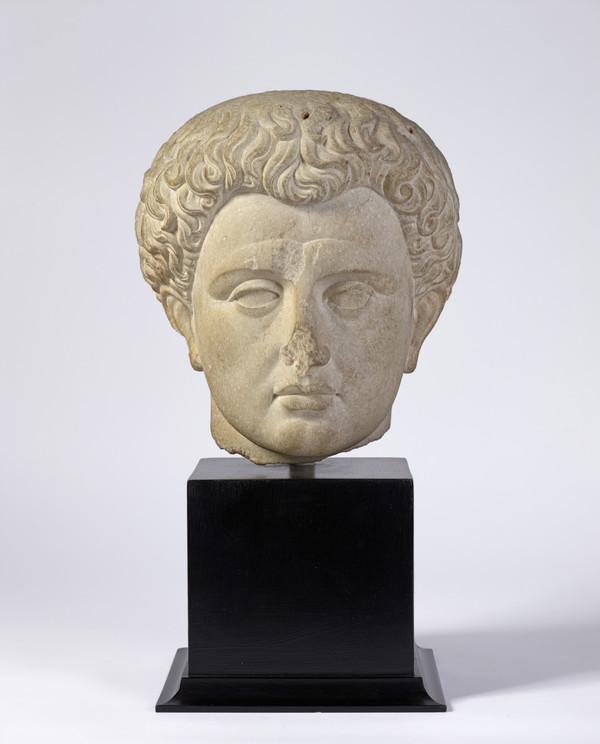Unknown
Mausoleum of Tipu Sultan, Seringapatam
About this artwork
While attempts to document the architecture of India had begun in the mid-1850s, contemporary interest in views such as these was clearly also linked with the memorialisation of sites connected with feats of arms and the extension of British rule in India. The death of Tipu Sultan, the ‘Tiger of Mysore,’ at the conclusion of the Fourth Anglo-Mysore War of 1799, removed the single most powerful barrier to British control of southern India. Tipu Sultan was interred with full military honours, in this tomb at Seringapatam. The mausoleum also contains the body of his father Haidar Ali, who had earlier proved an equally obstinate opponent to the British.
Updated before 2020
-
artist:
-
title:Mausoleum of Tipu Sultan, Seringapatam
-
date created:1860s
-
materials:Albumen print
-
measurements:Image size: 21.20 x 26.20 cm; overall: 40.50 x 55.60 cm
-
object type:
-
credit line:Gift of Mrs. Riddell in memory of Peter Fletcher Riddell, 1985
-
accession number:PGP R 869
-
gallery:
Does this text contain inaccurate information or language that you feel we should improve or change? Tell us what you think.



